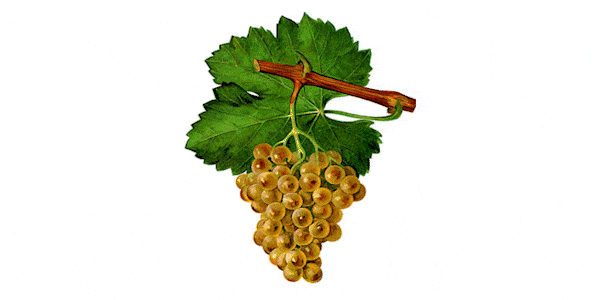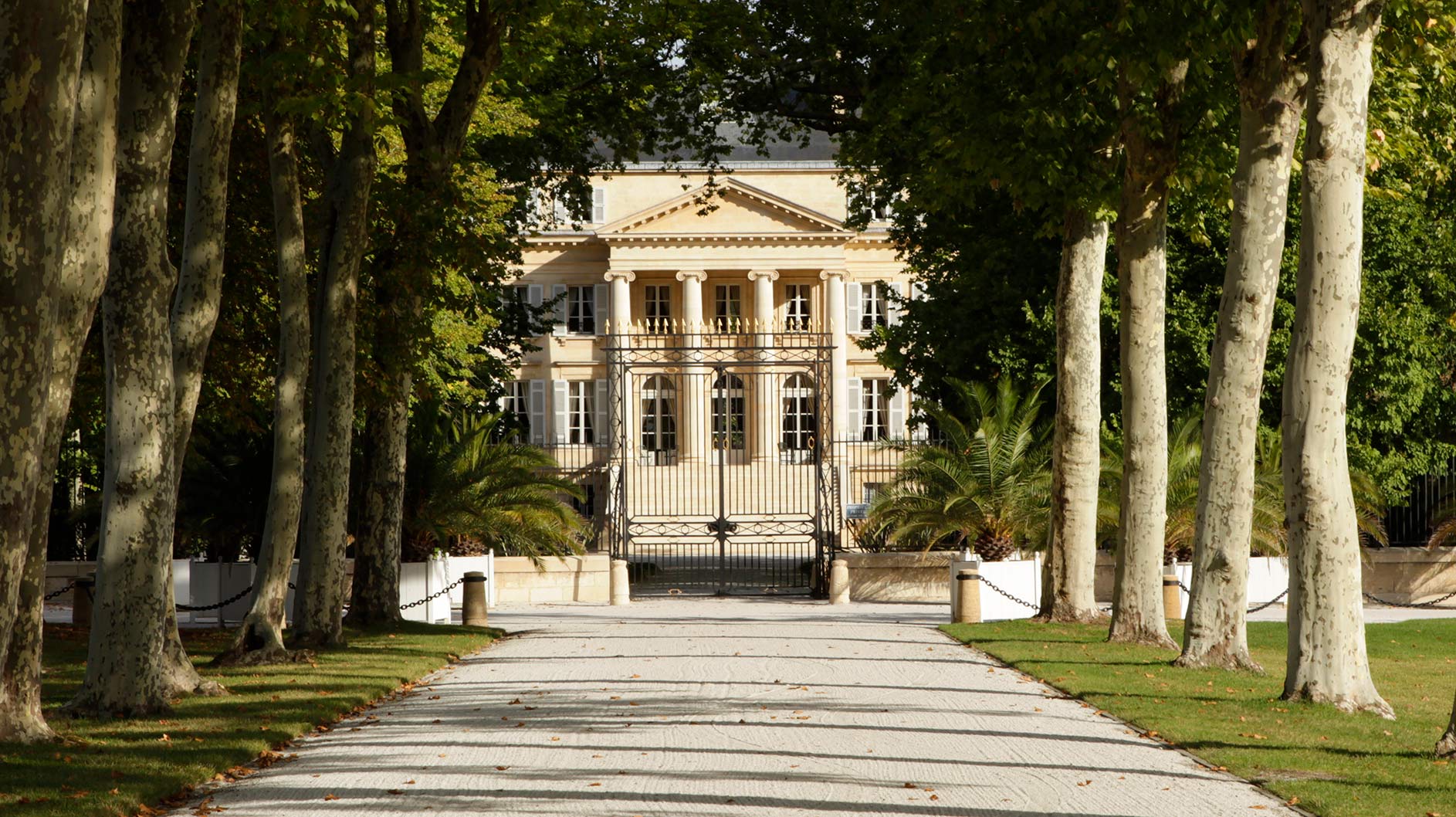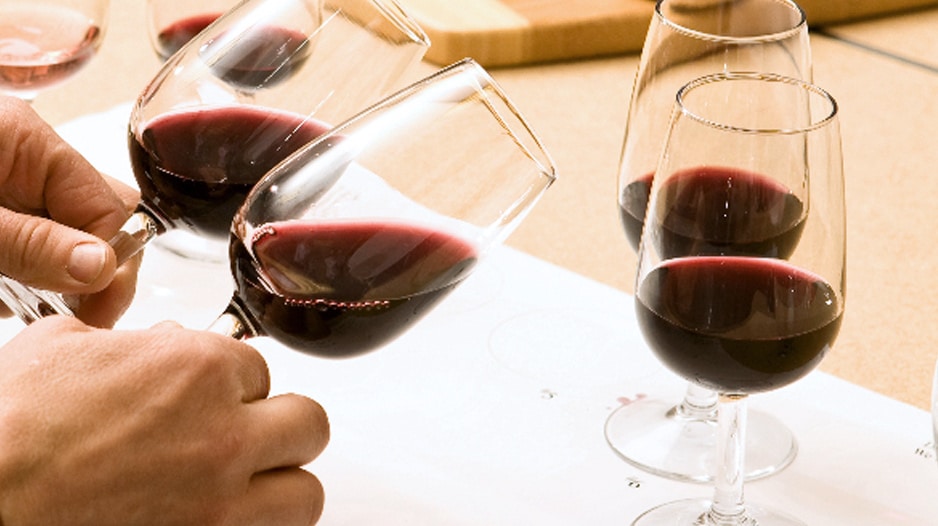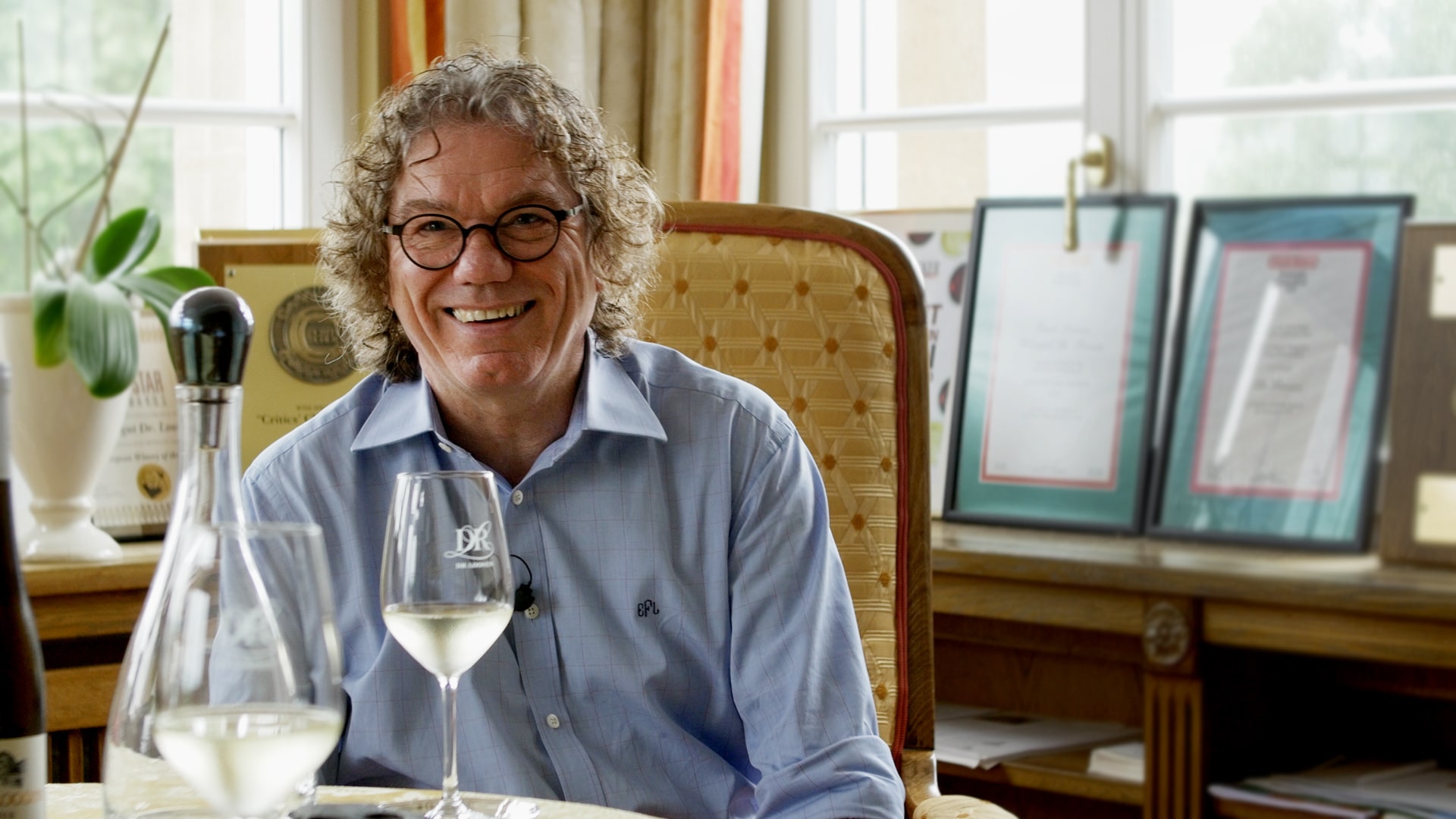Semillon is responsible for some of the world’s classic white wines – both dry and sweet. And yet no one really seems to drink them. Which is good news for us, because it means they’re some of the best values in the world of wine.
Where Semillon is grown
There are two benchmark regions for Semillon: the Hunter Valley and Bordeaux. And they couldn’t be more different. The Hunter Valley, located a couple of hours north of Sydney, Australia, is scorching hot. It almost defies logic that premium wine could be made here. Yet, somehow with early picking the region produces the top expressions of single-varietal Semillon.
Then, there’s the moderate, maritime climate of Bordeaux. Just beyond the suburbs of the city centre, you have Pessac-Léognan, home to the icon producers of White Bordeaux. Here, Semillon often plays a supporting role to Sauvignon Blanc.
Further up the Garonne river, you land in Sauternes and Barsac, home to some of the greatest – and most expensive – sweet wines on the planet. Botrytis cinerea thrives on the thin skins of Semillon, and it’s the real star here. Sauvignon Blanc and Muscadelle are used but sparingly.
Unsurprisingly, much of the New World has followed the Bordeaux model. The leader is Margaret River, on the west coast of Australia, with its exceptional “SSB” blends. Single-varietal Semillon is much rarer, and only South Africa and Argentina are seriously making a go of it.
What Semillon tastes like
Semillon is a contradiction in so many ways. The subtropical climate of Hunter Valley gives us steely, citrus-laden wines with low alcohol and searing acidity thanks to early picking. They’re almost Chablis-like in their youth – and, frankly, a bit simple. But these are wines that really develop their character with years in bottle. Over time, toasty aromas emerge like you’d expect from a bottle of vintage Champagne. Yet, Hunter Valley Semillon can be an incredible bargain. Probably because every wine student has said, “I need to drink more Hunter Valley Semillon” at least once in their life.
Semillon plays a much different role in White Bordeaux blends. Here, it’s rich, unctuous, and full-bodied, with tropical fruits and honey. It adds weight and texture to Sauvignon Blanc, which can be too sharp on its own. Together, they have an affinity for French oak, and the best wines are aged for 12-16 months in barriques.
In Sauternes and Barsac, the dial on those tropical fruits and honeyed notes is turned up to eleven. Botrytis concentrates just about everything, including the natural sugars in the berries. So, these wines are lusciously sweet, high in alcohol, and have the most amazing smoky, marmalade aromas. They’re painstakingly difficult to make, and yet no one seems to drink them anymore. So, you can find some amazing values when you consider centuries ago this was literally the stuff of royalty.
What to pair with Semillon
For Hunter Valley Semillon, there’s no question that you need shellfish. Oysters, clams on the half shell, raw scallops, chilled fresh crab – or all the above. For White Bordeaux, go for pan-seared scallops or delicately cooked white fishes in a butter sauce. Sauternes may be a great dessert on its own, but the classic pairing is roasted chicken. Seriously, you have to try it.
How to pronounce Semillon
In French, a double ‘l’ is pronounced as a ‘y’. So, Semillon should be pronounced sem-e–yon. Unless you’re in Australia, and then all bets are off.
What to buy
L’Ecole 41 Semillon 2019 ($15)
Columbia Valley, Washington
Tyrrell’s Hunter Valley Semillon 2019 ($20)
Hunter Valley, New South Wales, Australia
Howard Park Miamup Sauvignon Blanc Semillon 2016 ($25)
Margaret River, Western Australia, Australia
Chateau Olivier Blanc 2020 ($30)
Pessac-Leognan, Bordeaux, France
Chateau Coutet 2020 ($40)
Barsac, Bordeaux, France
Tyrrell’s Vat 1 Semillon 2015 ($65)
Hunter Valley, New South Wales, Australia
Chateau Smith Haut Lafitte Blanc 2020 ($110)
Pessac-Leognan, Bordeaux, France
